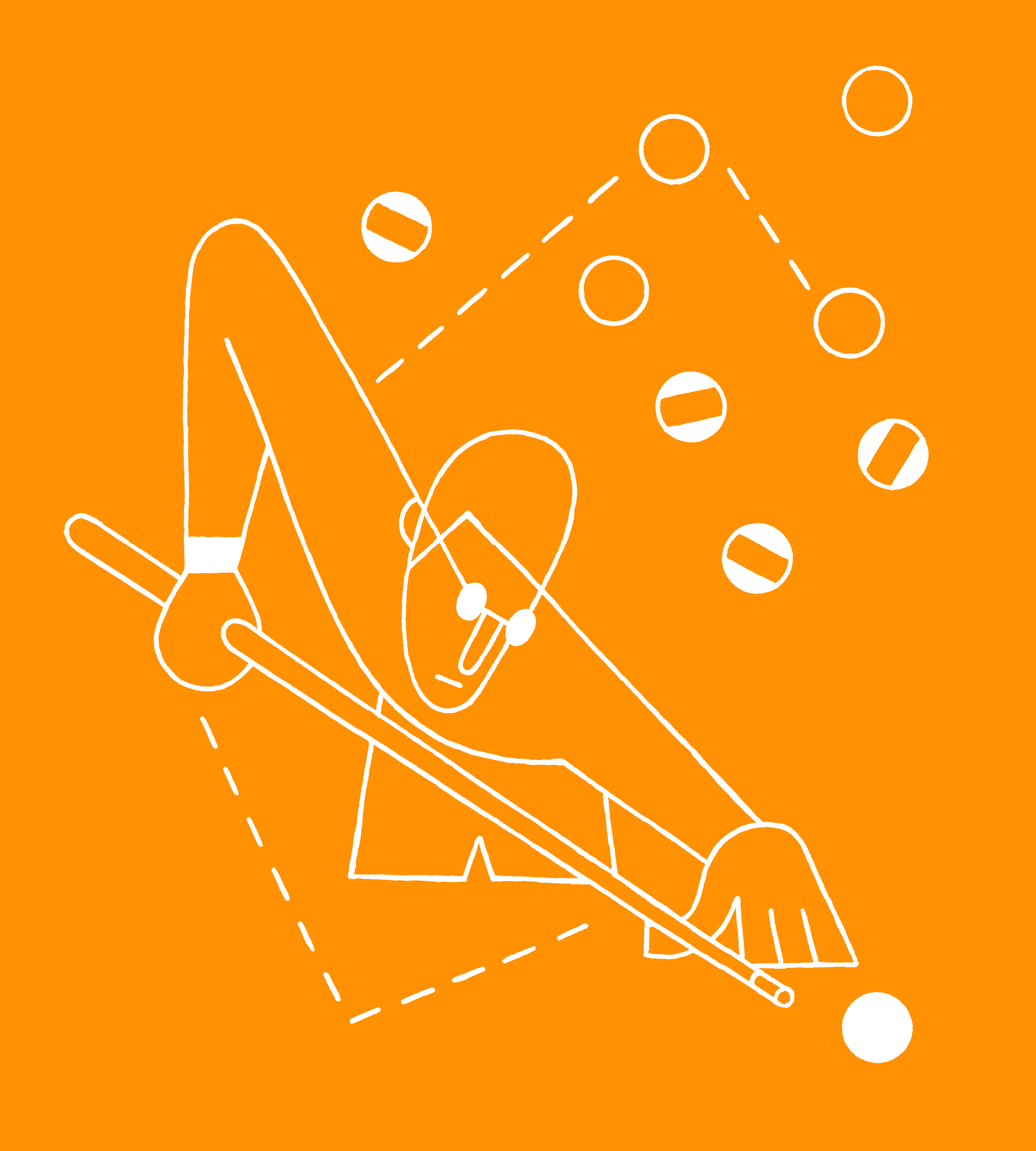Why is it hard for algorithm designers or data scientists to account for bias and unfairness?
Take a work environment that’s hostile to women. Suppose that you define success as the fact that someone holds a job for two to three years and gets a promotion. Then your predictor—based on the historical data—will accurately predict that it’s not a good idea to hire women. What’s interesting here is that we’re not talking about historical hiring decisions. Even if the hiring decisions were totally unbiased, the reality—the real discrimination in the hostile environment—persists. It’s deeper, more structural, more ingrained and harder to overcome.
I believe the great use for machine learning and AI will be in conjunction with really knowledgeable people who know history and sociology and psychology to figure out who should be treated similarly to whom.
I’m not saying computers will never be able to do it, but I don’t see it now. How do you know when you have the right model, and when it’s capturing what really happened in society? You need to have an understanding of what you’re talking about. There’s the famous saying “All models are wrong and some are useful.”
—as told to Will Knight
Keep Reading
Most Popular
Large language models can do jaw-dropping things. But nobody knows exactly why.
And that's a problem. Figuring it out is one of the biggest scientific puzzles of our time and a crucial step towards controlling more powerful future models.
The problem with plug-in hybrids? Their drivers.
Plug-in hybrids are often sold as a transition to EVs, but new data from Europe shows we’re still underestimating the emissions they produce.
Google DeepMind’s new generative model makes Super Mario–like games from scratch
Genie learns how to control games by watching hours and hours of video. It could help train next-gen robots too.
How scientists traced a mysterious covid case back to six toilets
When wastewater surveillance turns into a hunt for a single infected individual, the ethics get tricky.
Stay connected
Get the latest updates from
MIT Technology Review
Discover special offers, top stories, upcoming events, and more.
